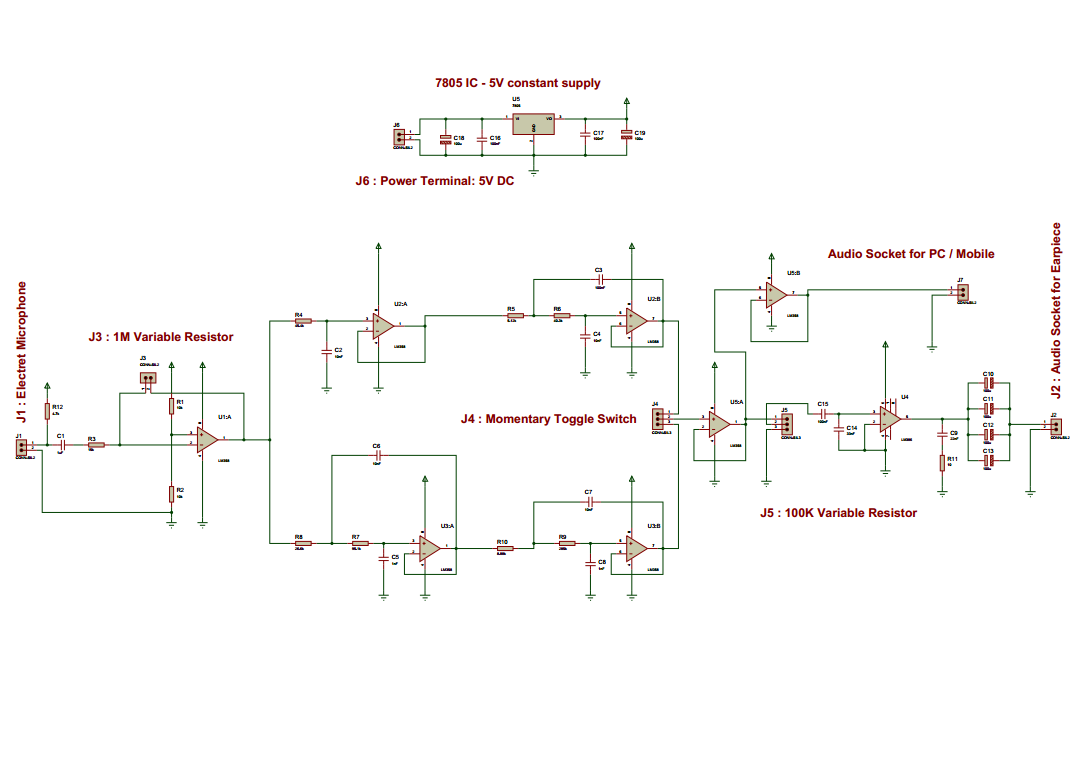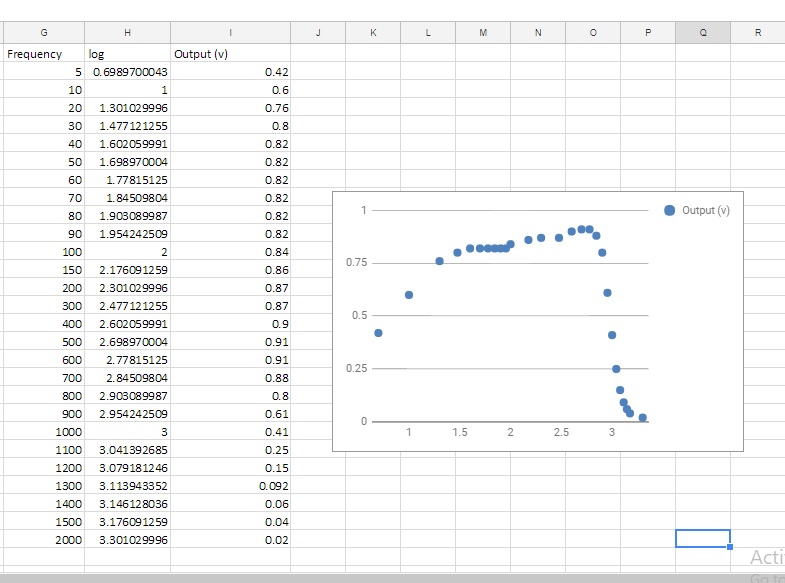Stethoscope – an instrument usually used for listening to the heart and lung sounds and measuring the blood pressure of a human or animal. It is also a symbolic tool for doctors or Nurse. Keeping this tool with you means you are a medical professional.
Generally, Acoustic stethoscopes are the most commonly used stethoscope types, in this stethoscope, the sound is captured by a chest piece and transmitted via air-filled hollow tubes to the listener’s ears. Despite its widespread use, the biggest limitation of it is its sound intensity is very low. Therefore it becomes difficult for an elderly doctor who has less hearing power to listen and understand the sound. An excellent solution to this problem could be found through Electronic Stethoscope.
Electronic Stethoscope converts the auscultatory sounds into electrical signals and then does amplification and filtration for better listening.
Electrical Stethoscope could increase the volume of the sounds, could filter the unwanted noise and could visualize the audio signal in digital format (which is called phonocardiogram). However, since the electronic stethoscopes are expensive, it is not being used widely yet.
Constructions:
There are many ways of making electronic stethoscope. To capture sounds, some use piezoelectric crystal, some capacitive sensor. Here, We have used a microphone as it is a very cheap and an easy to implement.
At first, we brought several stethoscopes available in our market. Then we tested their quality, acoustic response, sound intensity, etc. And found that in consideration of price, Littmann classic 2m is best among them.
To make it electronic stethoscope, we first cut the rubber tube 1.5 inch behind the chest-piece. A microphone is soldered with cable and 3mm audio jack and then place it into a plastic casing. Then we put this microphone casing inside the rubber tube of chest-piece. After that, we covered the whole joint with a heat-shrinkable sleeve.
This type of construction is very easy and cheap. We have tested the performance of this stethoscope at our biomedical physics lab and found a satisfactory result. I have uploaded a sound file here for anyone who wishes to listen the recorded sound.



